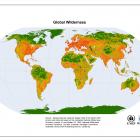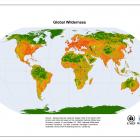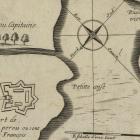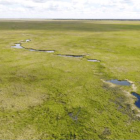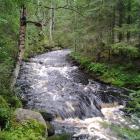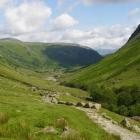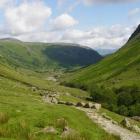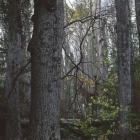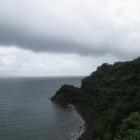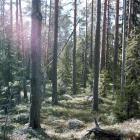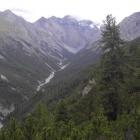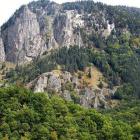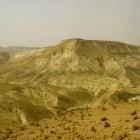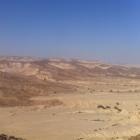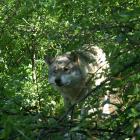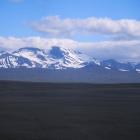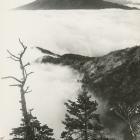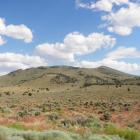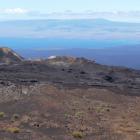Vadon and Puszta—Hungarian
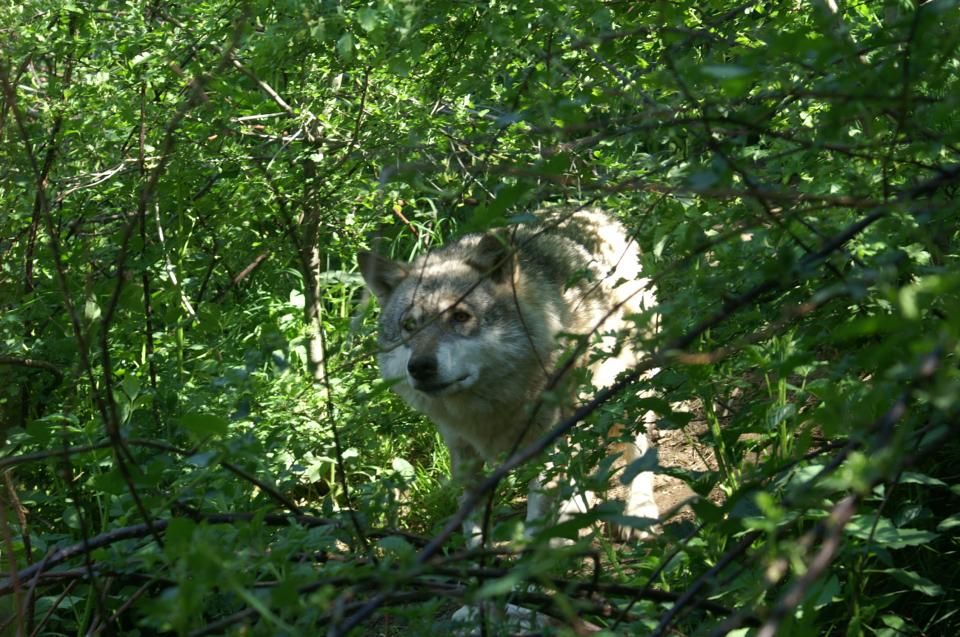
A wolf in the woods of the Carpathians. Photograph by Tim Ellis, 2007.
A wolf in the woods of the Carpathians. Photograph by Tim Ellis, 2007.
Accessed via Flickr. Click here to view image source.
 This work is licensed under a Creative Commons Attribution-NonCommercial 2.0 Generic License.
This work is licensed under a Creative Commons Attribution-NonCommercial 2.0 Generic License.
“Wilderness” has two equivalents in Hungarian: vadon and puszta. This has to do with ecology and linguistics. Some of Hungary falls into the forest zone of Europe and some into the forest-steppe zone; Hungarian is a Finno-Ugric language on which Slavic languages have had a very significant influence. Vadon (which is a Finno-Ugric word) refers to dark, impenetrable forests with wild animals, definitely a dangerous place. Such vadon areas were colonized in the thirteenth and fourteenth centuries but lingered on (at least in popular imagination) in faraway places of the Carpathians until recently. The word vadon is rarely used in today’s language and is distinctly old-fashioned. Its place was taken over by őserdő, which is a translation of the German Urwald (“primeval forest”). Puszta (a word of Slavic origin), on the other hand, is treeless; it is wilderness in the sense of British moorlands or German Heide. Its original meaning is “a place deserted by people,” in fact implying previous settlement.
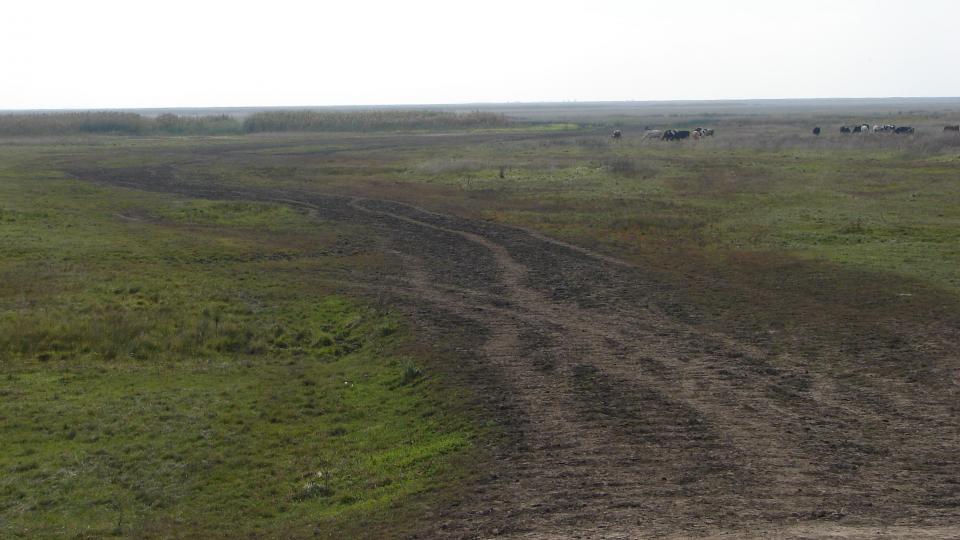
Hortobagy, the most famous Hungarian puszta. Photograph by Peter Szabo, 2005.
Hortobagy, the most famous Hungarian puszta. Photograph by Peter Szabo, 2005.
 This work is licensed under a Creative Commons Attribution-NonCommercial-ShareAlike 3.0 Unported License.
This work is licensed under a Creative Commons Attribution-NonCommercial-ShareAlike 3.0 Unported License.
Because most abandonment of settlements in Hungary took place in the forest-steppe zone, puszta came to mean “steppe.” (In contrast, note that the Polish puszcza, for example, means something like the Hungarian vadon!) In the nineteenth century puszta became the national landscape of Hungary, representing the best Romanticism could imagine: rugged honesty. Most Hungarians today would still look at the puszta through nineteenth-century glasses.
The puszta has extreme temperatures and is windy. It certainly has animals on it: “ancient” breeds of cattle, horse, and swine. People also live there, but they have nothing to do with modern civilization. Both vadon and puszta are supposed to have covered vast areas in some distant past, but little of that remains. As a consequence, the concept of “wilderness” conservation is entirely missing.
ifjszlac. Hortobágy 1936. 2008. 3:37 min. https://youtu.be/E1WAHijtCLQ
What does wilderness mean in your language? Browse “Wilderness Babel” via the map.
Live map showing the location of the languages featured in the virtual exhibition. What does wilderness mean in your language? Browse “Wilderness Babel” via the map.



